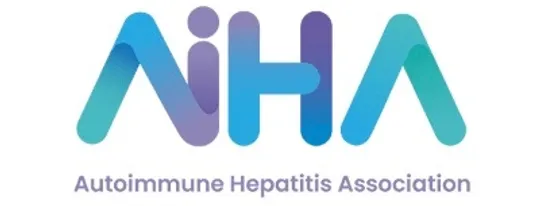By Craig Lammert, M.D.
AIHA Executive Director

Two of my three children tested positive for SARS-CoV-2 three weeks ago. We are all fine and everyone is now out of quarantine. Fortunately, my kids who tested positive only experienced gastrointestinal symptoms for three days and fevers. As a clinical scientist and hepatologist, I can do little but ask the question, how did this happen?
Our family has been very strict with possible risks (including avoiding seeing grandparents), but I have continued seeing patients. I have also been fully vaccinated for over a month. Beyond me, my kids’ only other risk is school; they have gone to elementary school in-person full-time since August 2020. So my question is: what has data told us about the risk of kid-to-kid transmission in schools? Is my family unlucky, or should we have expected this to happen eventually?
My general thoughts have been that kid-to-kid transmission in schools has been minimal, and the benefits of in-person school very much outweigh the possible risks of COVID-19; however, there hadn’t been any great data to support this until a few months ago.
There are a few key studies to consider. Eleven in-person school districts in North Carolina, including 90,000 students and staff, were evaluated during nine weeks in 2020. Reassuringly, SARS-CoV-2 transmission among students was rare; 32 infections were acquired at school. There were 773 acquired out of school (in the community). A similar report came from a study that examined nearly 5,500 students and staff in 17 systems in Wisconsin over 13 weeks in fall 2020. In this group, there were 191 COVID-19 cases in staff and students, and only seven of these were determined to be a result of in-school transmission.
Not to say there have not been large outbreaks in schools; a paper detailing one that happened in Israel showed how bad it can be. In this instance, a school outbreak started from two mildly symptomatic COVID-19 positive students. In the follow-up, 178 cases were found in nearly 1,300 at-risk students and teachers – a rate of 15%.
In my search to understand my kids’ risk, I found that there are school-related activities that definitely can elevate it, including team sports and athletics. An example of how SARS-CoV-2 can use athletics to spread was documented in a January CDC report. Here, a high school wrestling tournament of 130 student athletes became a superspreading event. Among the 130 wrestlers at risk, 38 had confirmed SARS-CoV-2 infection in follow-up, but less than half of participants were tested. These cases had nearly 450 household and school contacts, and 41 out of 95 tested were positive for SARS-CoV-2 infection in follow-up.
The rarity of in-school transmission from current data is a reassuring finding for those of us with school-age children. But, as in my case, it does happen. For the past year, there has not been a school morning where I haven’t reminded my kids to wash their hands often, stay physically distant as much as possible, and wear their mask appropriately. (“Dad, we know,” has been the common response). In the end, my reminders were ineffective. I think we still need to follow school transmission rates carefully because they could change in the future, especially considering the SARS-CoV-2 variants, the fact that there are no approved vaccines for kids and won’t be anytime soon, and fewer large events will be canceled as cases go down in the country.
